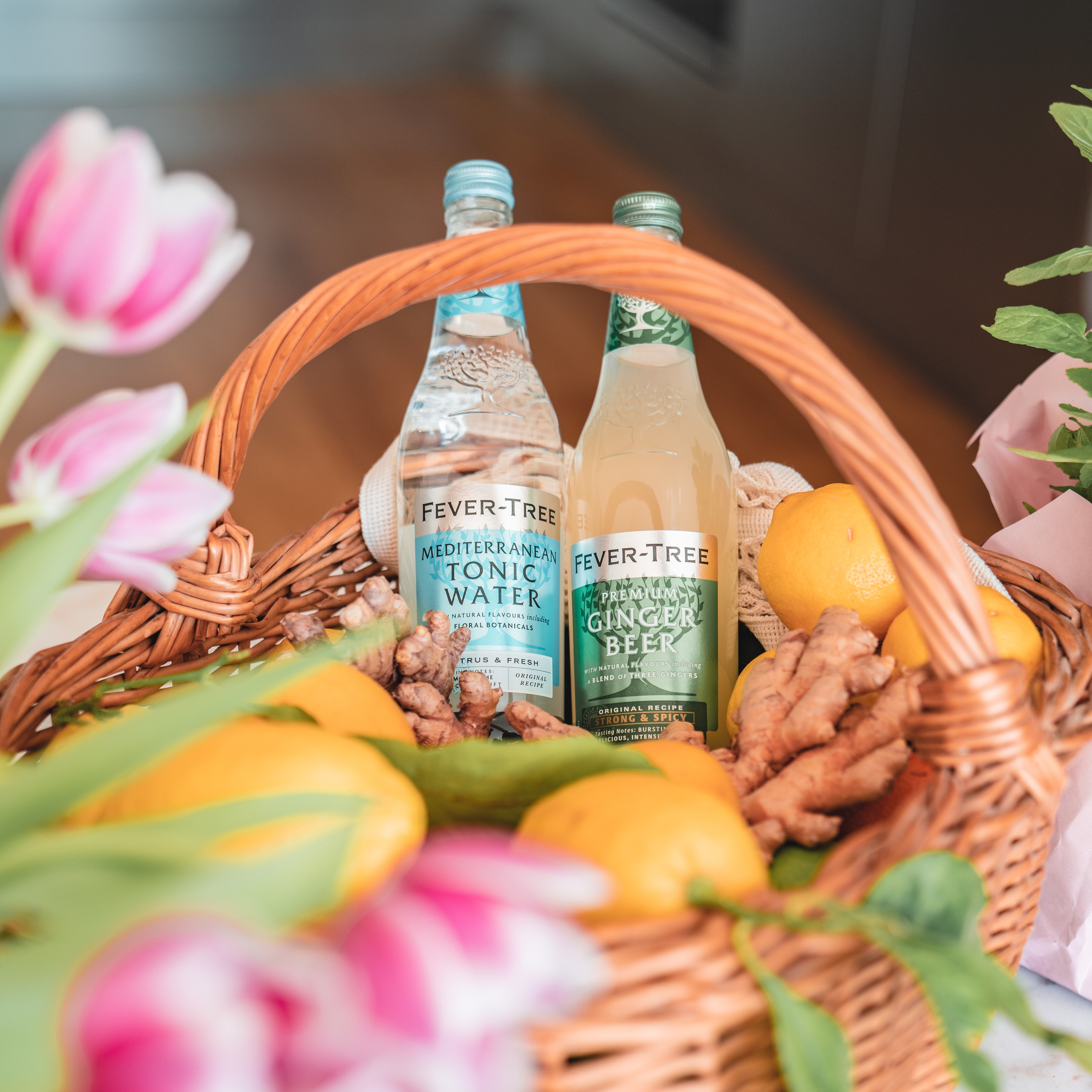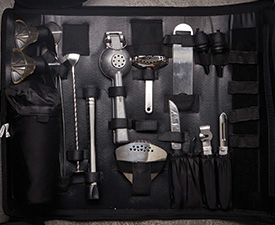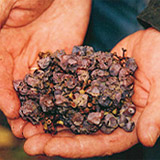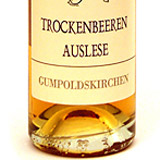Trockenbeerenauslese (literal meaning: selected harvest of dried berries) is a German wine term for a medium to full body dessert wine.
Trockenbeerenauslese is the highest in sugar content in the Pradikatswein category of the German and Austrian wine classifications. Trockenbeerenauslese wines, often called 'TBA' for short, are made from individually selected grapes affected by 'botrytis' or noble rot. The grapes are individually handpicked, having been shriveled by the botrytis, often to the point of appearing like a raisin. They are therefore very sweet and have an intensely rich flavour, commonly with a caramel or honeyed bouquet, ripe stone fruits such as apricots. The finest examples are made from the Riesling grape, as this variety retains plenty of acidity even at the extreme ripeness. Other grape varieties used, such as Scheurebe, Ortega, Welschriesling, Chardonnay, and Gewurztraminer and others are more prone to noble rot than Riesling since they ripen earlier.
These wines are rare and expensive due to the labour-intensive method of production, and the fact that very specific climatic conditions (which do not necessarily occur every year) are required to create botrytized grapes. They are usually golden to deep golden in colour, sometimes a dark caramel. The wine is viscous and concentrated, and arguably can be aged almost indefinitely due to the preservative powers of its high sugar content. Although TBA has very high residual sugar level, the finest examples are far from being cloying due to high level of acidity.
The style is similar to, but much more concentrated than 'Selection de Grains Nobles' from Alsace. In comparison to Sauternes, the wines are considerably sweeter, a lower alcoholic strength and are usually not oaked. The minimum sugar content for a Trockenbeerenauslese is 150-154g/L. In exceptional years, top producers can exceed these levels, resulting in a richer, sweeter wine; they can contain 300+ g/L and may approach the very rare 'Tokaji Eszencia' in concentration.











